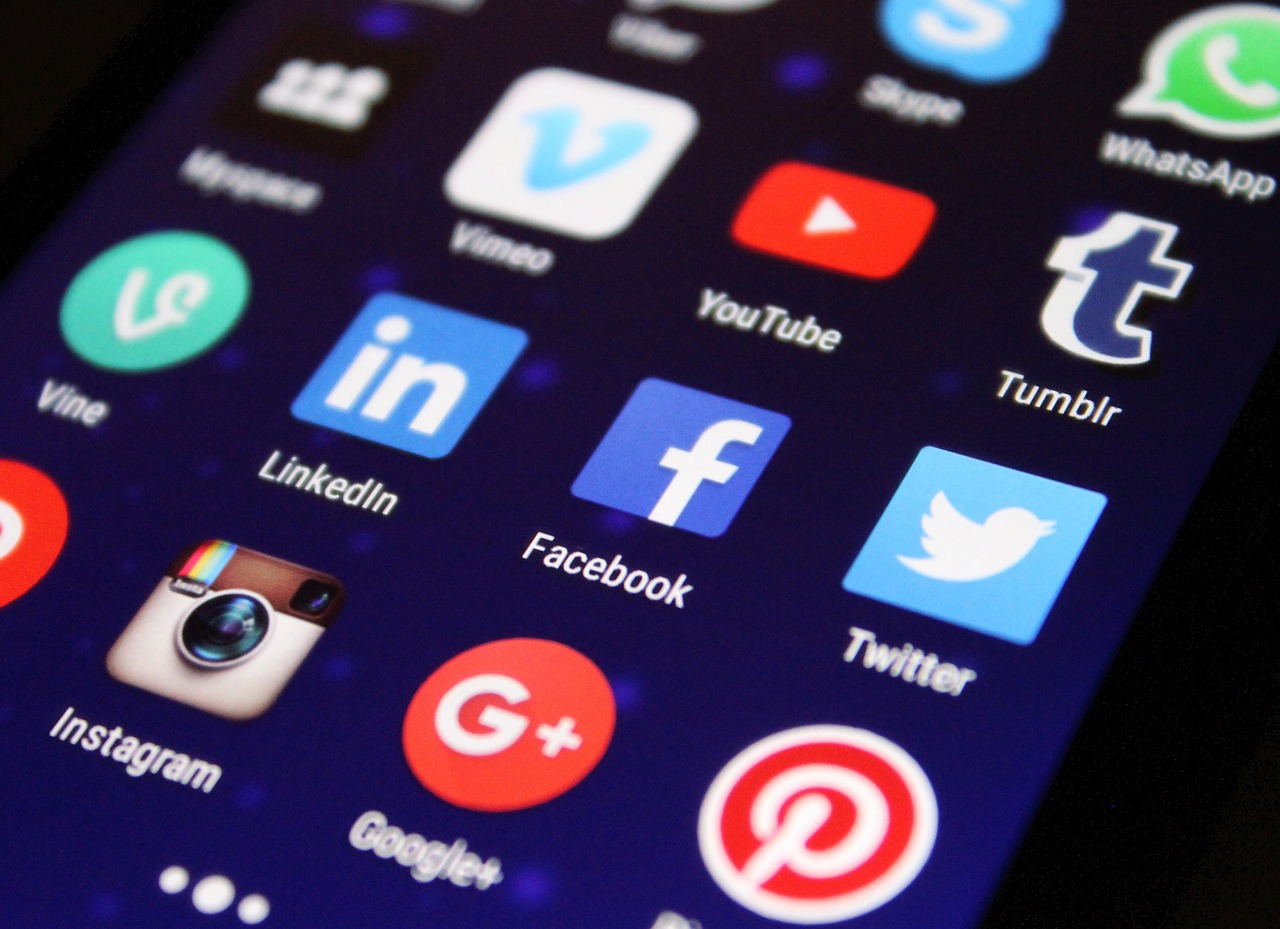Entrepreneurship in 2025 continues to be a thrilling yet challenging path, where the lines between professional commitment and personal well-being often blur. Today’s entrepreneurs face a hyper-connected world demanding constant attention, fueled by tools like Slack and Microsoft Teams, that can make stepping away a complex endeavor. But maintaining a sustainable work-life balance remains essential not only for personal health but also for business longevity. Balancing productivity with rest, leveraging technology thoughtfully, and building supportive networks have never been more critical. This guide delves deep into proven strategies and innovative approaches to help entrepreneurs navigate the delicate dance of business demands and life’s richness, ensuring that success doesn’t come at the expense of well-being. From mastering time-blocking with Trello and Asana to embracing mindfulness apps such as Calm and Headspace, discover how leading founders in 2025 are crafting lives that thrive both inside and outside the office.
Setting Boundaries: The Foundation for Healthy Work-Life Balance as an Entrepreneur
One of the most pressing challenges entrepreneurs face is delineating between work and personal life, especially in a world dominated by remote work and digital communication platforms like Slack and Microsoft Teams. Setting clear boundaries creates essential mental space, prevents burnout, and enhances efficiency.
Establishing designated work hours is a fundamental step. Without defined time slots for work, entrepreneurs may find their days stretching endlessly. For example, instead of sporadic check-ins throughout the day, committing to specific intervals for email review or meetings can create rhythm and predictability.
Strategies to Establish Boundaries
- Designate physical workspaces: Whether it’s a home office or a WeWork co-working location, having a distinct place for work aids psychological separation from personal life.
- Use digital tools for scheduling: Platforms like Notion and Trello help block out focus time and remind you of break times, reinforcing discipline.
- Turn off notifications: Schedule “do not disturb” periods on Slack or Microsoft Teams to avoid constant interruptions after work hours.
- Communicate boundaries clearly: Inform your team and family about your work schedule to manage expectations effectively.
Example: Sarah, an entrepreneur launching a tech startup, found her work creeping into evenings and weekends. By moving her laptop to a dedicated office space, syncing her schedule with Trello to prioritize daily tasks, and disabling notifications after 6 PM, she reclaimed her evenings, returning more focused and energized each morning.
Maintaining these boundaries also encourages an enduring habit of respect for personal time, which fosters not just productivity but emotional resilience in demanding entrepreneurial environments.

| Boundary Setting Techniques | Benefits | Tools |
|---|---|---|
| Dedicated workspace | Improves mental clarity, reduces distractions | WeWork, home office |
| Scheduled work hours | Prevents overwork, enhances routine | Notion, Google Calendar |
| Notification management | Minimizes interruptions post-work | Slack, Microsoft Teams |
| Communication of boundaries | Aligns expectations, fosters respect | LinkedIn, email |
Leveraging Technology: Tools to Enhance Work-Life Balance for Entrepreneurs
While technology can tether entrepreneurs to their work, when harnessed thoughtfully, it becomes a powerful ally for achieving work-life balance. Apps like Trello and Asana empower entrepreneurs to organize tasks and projects efficiently, while wellness platforms such as Calm and Headspace provide essential mental health support amid busy schedules.
Organizational Tools to Streamline Workflow
- Trello and Asana: Use flexible boards and task lists to prioritize projects and set clear deadlines, which reduces scattered focus.
- Notion: A versatile platform allowing entrepreneurs to combine note-taking, project tracking, and calendar management in one hub.
- Slack and Microsoft Teams: Enhance team communication but should be configured to limit off-hours engagement to sustain boundaries.
Consider the approach of a growing business that integrated these tools into their daily workflow. By assigning tasks via Trello with set deadlines and daily check-ins through Microsoft Teams—restricted to core hours—they balanced collaboration and focus without overwhelming team members during downtime.
Wellness Apps That Encourage Mindfulness and Recovery
- Calm: Introduces mindfulness exercises and guided meditations tailored for reducing stress and improving focus.
- Headspace: Provides quick daily meditation sessions, helping entrepreneurs recharge mentally.
- Noom: Supports healthy lifestyle changes through behavioral psychology, contributing to overall energy and well-being.
Entrepreneurs who incorporate short meditation breaks during their workday often report improved clarity and reduced anxiety levels, directly impacting their productivity and creativity.

| Tool Category | Key Features | Benefits for Entrepreneurs |
|---|---|---|
| Task Management | Trello, Asana – Boards, deadlines, integrations | Improves task prioritization and delegation |
| Communication | Slack, Microsoft Teams – Channels, status updates | Facilitates effective but controlled communication |
| Mental Wellness | Calm, Headspace, Noom – Meditations, wellness coaching | Reduces stress and supports healthy routines |
| All-in-One Organization | Notion – Notes, projects, calendar integration | Centralizes business and personal planning |
Delegating and Outsourcing: Scaling Your Business Without Sacrificing Life
Entrepreneurs often grapple with the urge to control every single aspect of their venture. However, this tendency can lead to overwhelming workloads and burnout. Smart delegation and outsourcing allow focus on core competencies while maintaining personal well-being.
Identifying Tasks to Delegate or Outsource
- Routine administrative tasks: Scheduling, data entry, and managing emails are prime candidates.
- Marketing and content creation: Outsource to specialists who can deliver consistent messaging aligned with your brand.
- Customer service: Enlist skilled professionals to handle client communications effectively.
- Accounting and financial management: Hiring experts ensures accuracy and frees up your time for decision-making.
Beyond business, extending delegation to personal responsibilities—such as home cleaning or lawn care—can safeguard valuable downtime, necessary for rejuvenation.
Benefits of Delegation
| Benefit | Description | Impact on Entrepreneur’s Life |
|---|---|---|
| Increased focus | More time to concentrate on strategic, high-value tasks | Improved productivity and satisfaction |
| Reduced burnout | Lower stress levels from sharing workload | Better mental and physical health |
| Skill enhancement | Access to expert knowledge and quality outputs | Better business growth and reputation |
| Work-life separation | Clearer boundaries between work time and personal time | Improved personal relationships and leisure time |
When Maria, a founder of an educational platform, outsourced her content creation and hired virtual assistants for administrative duties, she noticed a remarkable improvement in her work-life balance, allowing for family time and hobbies that enriched her creativity and leadership.

Prioritizing Self-Care: Essential Practices for Entrepreneurial Longevity
Self-care is not a luxury but a necessity for entrepreneurs determined to sustain their drive and creativity. Balanced entrepreneurs understand that the physical and mental investment in their well-being directly fuels business performance.
Effective Self-Care Habits for Entrepreneurs
- Regular exercise: Incorporate physical activity as a non-negotiable appointment to increase energy levels and reduce stress.
- Mindfulness and meditation: Daily sessions using apps like Calm or Headspace help maintain emotional balance.
- Consistent sleep routine: Prioritize 7-9 hours of quality rest to optimize cognitive function and decision-making.
- Healthy nutrition: Adopt balanced diets that sustain prolonged mental and physical activity.
Supporting mental health with regular breaks during work hours, breathing exercises, and journaling also help to avoid burnout and maintain focus in high-pressure environments.
Illustratively, John, a tech entrepreneur, credits his renewed productivity to instituting a morning yoga routine combined with scheduled “mental health breaks” facilitated by the Headspace app. This balance allowed him to approach complex business challenges with renewed clarity.
| Self-Care Practice | Recommended Frequency | Business Benefits |
|---|---|---|
| Exercise | 30 minutes, 3-5 times per week | Boosts energy, improves mood, reduces stress |
| Meditation | Daily, 5-10 minutes | Enhances focus and emotional resilience |
| Sleep | 7-9 hours nightly | Improves decision-making and creativity |
| Nutrition | Consistent healthy meals | Maintains physical health and productivity |
Time Management Mastery: Unlocking Productivity Without Sacrificing Well-being
Optimizing time is a hallmark trait that distinguishes successful entrepreneurs. Mastery of time management means not only squeezing more productivity but doing so with care for one’s health and personal life.
Proven Time Management Techniques
- Pomodoro Technique: Working in focused 25-minute sessions followed by short breaks, this method enhances concentration and mitigates fatigue.
- Eisenhower Matrix: Prioritizing tasks by urgency and importance to focus efforts on what truly drives progress.
- Time Blocking: Allocating specific time windows for different activities, from client calls to creative brainstorming.
- Single-tasking: Avoids multitasking pitfalls that fragment attention and extend work hours unduly.
Implementing these techniques, entrepreneurs can balance deep work periods with restorative pauses, preventing burnout while ensuring a high output of quality work.
| Time Management Method | Description | Benefit |
|---|---|---|
| Pomodoro Technique | 25 minutes work + 5 minutes break cycles | Boosts sustained focus and reduces mental fatigue |
| Eisenhower Matrix | Prioritizes tasks by urgency and importance | Improves decision-making and task management |
| Time Blocking | Pre-allocates time for distinct tasks or activities | Supports balanced workload and scheduled breaks |
| Single-tasking | Focusing on one activity at a time | Increases efficiency and quality of work |
How to Maintain Work-Life Balance as an Entrepreneur
Pomodoro Technique: Benefits & Steps
- Benefit: Improves focus and reduces burnout by breaking work into intervals.
- Benefit: Enhances productivity with short, timed sprints.
- Benefit: Helps to monitor and optimize work habits.
Steps:
- Choose a task to work on.
- Set a timer for 25 minutes (one Pomodoro).
- Work on the task until the timer rings.
- Take a 5-minute break.
- After four Pomodoros, take a longer break (15-30 minutes).
Eisenhower Matrix: Prioritize Effectively
The Eisenhower Matrix helps you organize tasks by urgency and importance.
| Urgent | Not Urgent |
|---|---|
|
Do First Important + Urgent Tasks needing immediate action. |
Schedule Important + Not Urgent Plan and work proactively. |
|
Delegate Not Important + Urgent Assign others or automate. |
Eliminate Not Important + Not Urgent Avoid distractions. |
Time Blocking: Sample Daily Schedule
Allocate specific blocks of time to tasks and activities to maintain focus and balance.
- 6:00 – 7:00 AM: Morning routine & exercise
- 7:00 – 8:00 AM: Breakfast & family time
- 8:00 – 10:00 AM: Deep work / priority tasks
- 10:00 – 10:15 AM: Break (walk/stretch)
- 10:15 AM – 12:00 PM: Meetings / emails
- 12:00 – 1:00 PM: Lunch & rest
- 1:00 – 3:00 PM: Creative work / projects
- 3:00 – 3:15 PM: Break
- 3:15 – 5:00 PM: Admin tasks / calls
- 5:00 – 6:00 PM: Wind down: review and planning next day
- 6:00 PM onward: Family & personal time
Single-tasking Tips for Entrepreneurs
- Turn off notifications (email, phone, apps) during focused work periods.
- Set a clear goal for each work session.
- Use a timer to dedicate uninterrupted time to one task.
- Prioritize your tasks using the Eisenhower Matrix first.
- Take regular breaks to refresh your mind.
- Reflect daily to adjust your workflow and improve concentration.
Entrepreneurs who align these time-management strategies with their natural productivity rhythms—considering whether they function best early in the morning or late at night—see significant improvements in both work quality and personal fulfillment.
Frequently Asked Questions
How can I effectively disconnect from work with digital tools always at my fingertips?
Set strict time boundaries using “do not disturb” modes on Slack and Microsoft Teams, and schedule breaks to consciously disconnect. Using apps like Calm can support transitioning to relaxation.
What are the best ways to delegate when starting with a small team?
Prioritize tasks that don’t require your unique skills and gradually entrust them to trusted team members or outsourced professionals, such as marketing or admin support.
How does maintaining work-life balance improve business success?
By reducing burnout and increasing focus, entrepreneurs make clearer decisions, improve creativity, and sustain energy levels critical for business growth.
Can mindfulness apps really impact productivity?
Yes, apps like Headspace and Calm have scientific backing showing stress reduction and improved concentration, which enhances productivity.
Is multitasking detrimental to entrepreneurial productivity?
Research shows multitasking reduces efficiency and increases errors. Focusing on single tasks in designated blocks greatly improves quality and speed.


